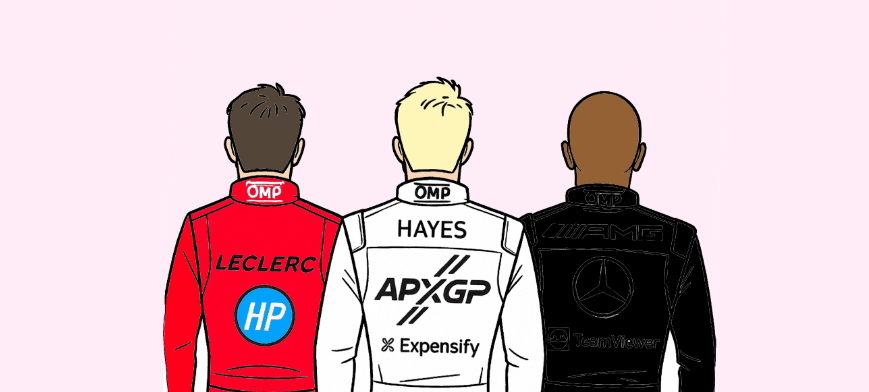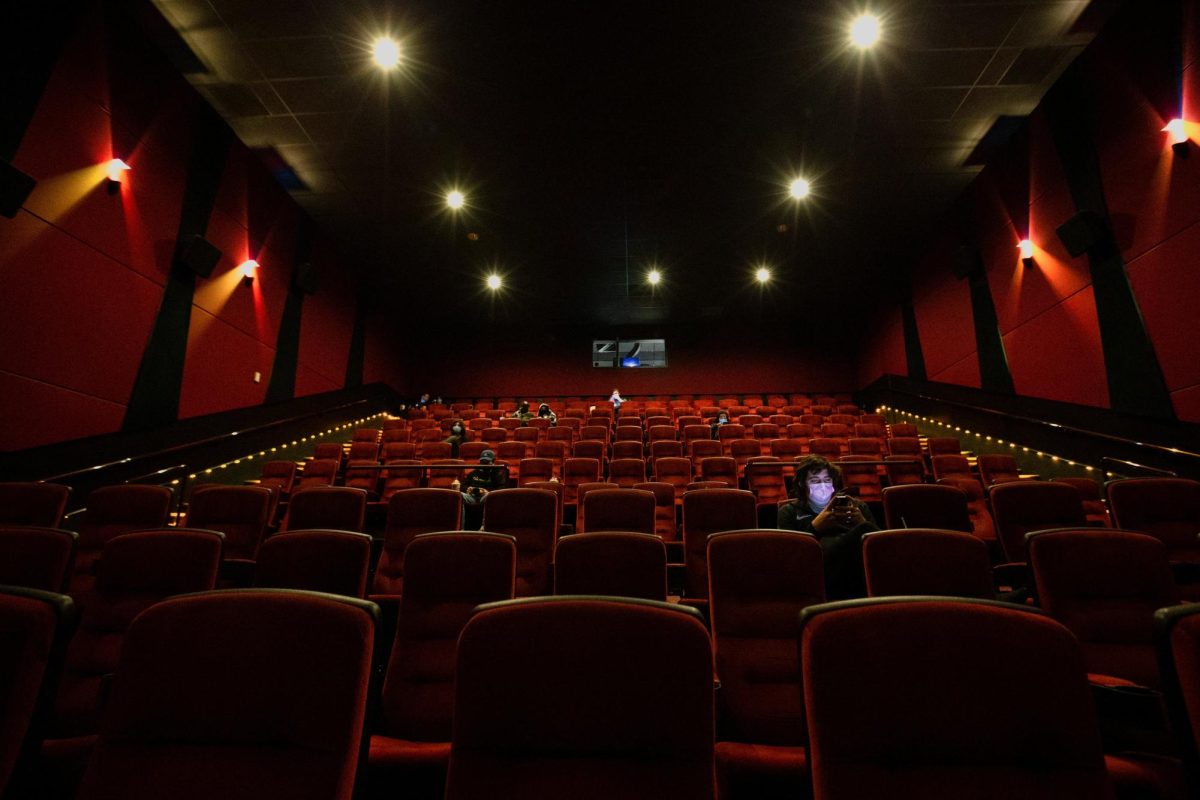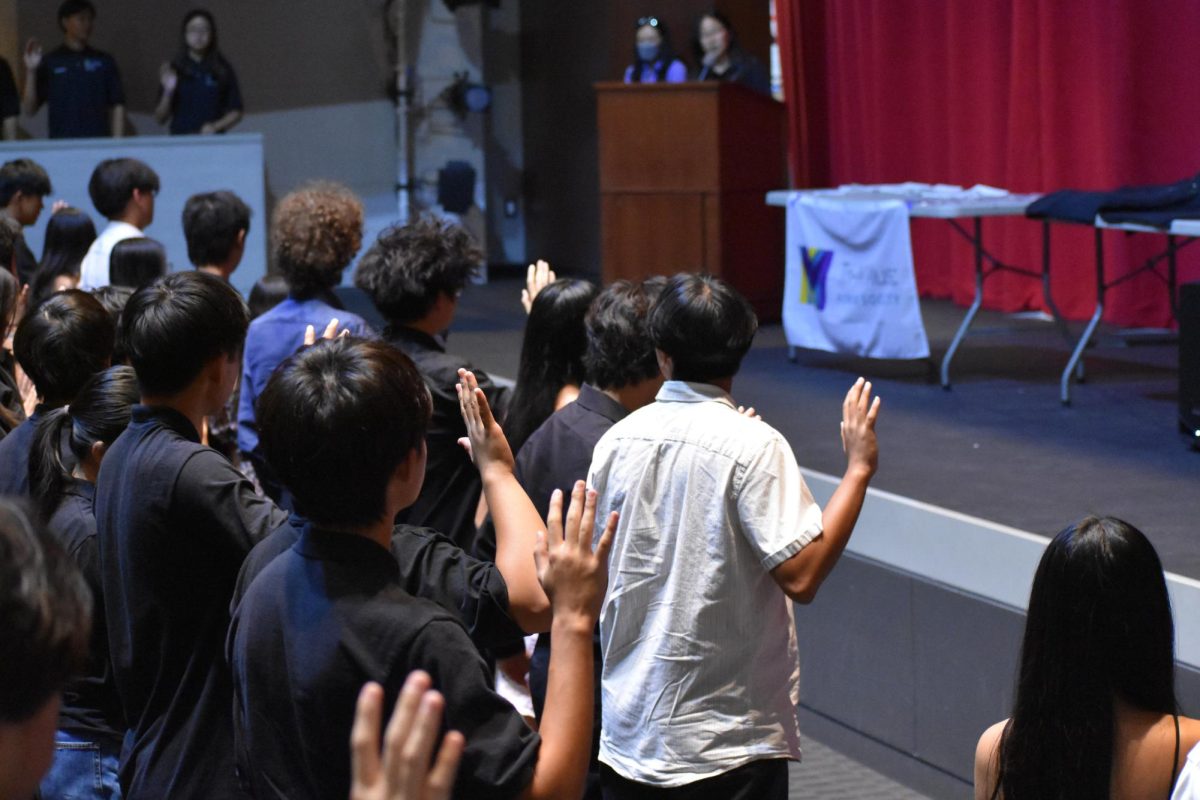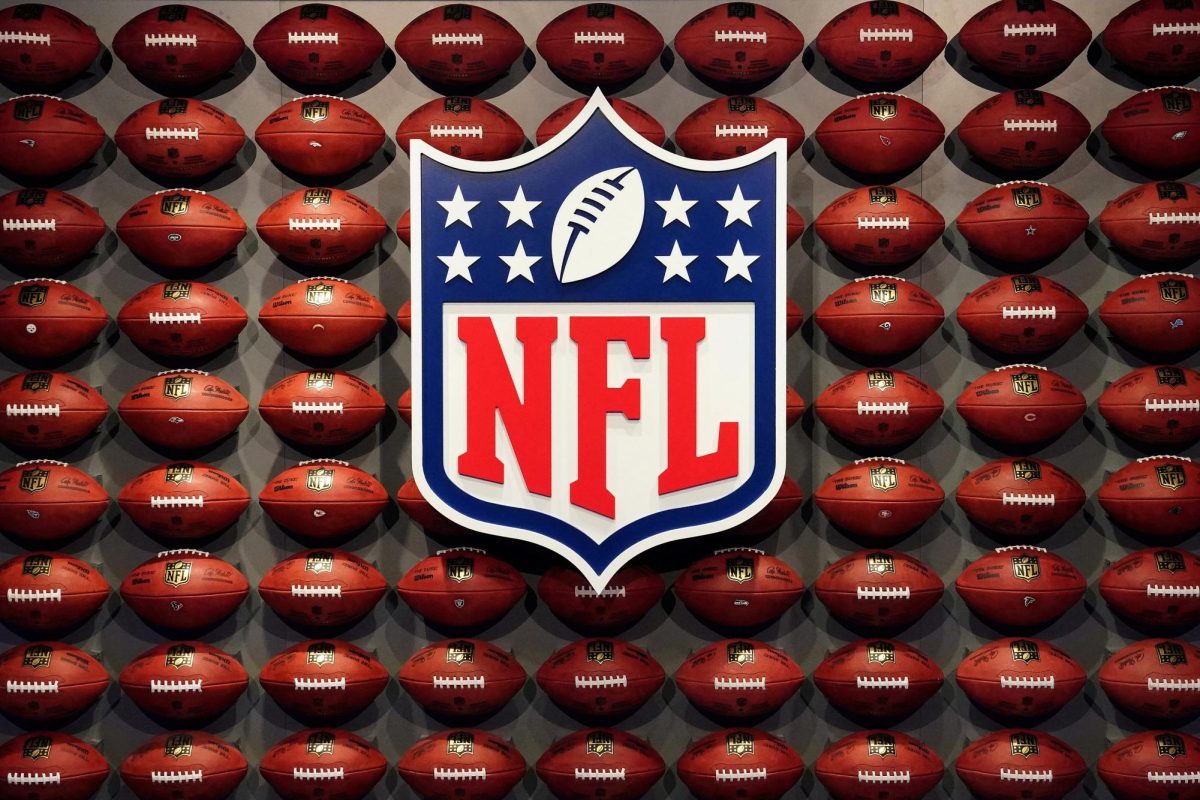The Formula 1 (F1) movie was an absolute hit this summer, grossing over $600 million and achieving huge box office success. Even though it has an 82% rating on Rotten Tomatoes, fans still consider it one of the top movies of the year. But how was it actually made, and how did the actors even manage the five times of gravitational force (G-force)?
Similar to Top Gun: Maverick, actors Brad Pitt, playing Sonny Hayes; and Damson Idris, playing Joshua Pierce, who raced for APEX GP, had to undergo intense core training and conditioning to prevent blacking out from the twists and turns on the track that cause G-force. They first started off driving an open-seater Formula 3 car and slowly worked their way up to a modified Formula 2 (F2) car, which is the car they used to film the movie.
Even though the movie’s title is “F1,” director Joseph Kosinski used F2 cars because they were more cost-efficient than F1 cars. It was financially impossible to use F1 cars, as it costs $250k a day to operate with a 30-man crew. This also helped the actors with their safety, as it is harder to oversteer and understeer at lower cruising speeds. With the help of the Mercedes AMG F1 Team, they helped Kosinski develop a custom bodywork to mimic the F1 look.
“I really liked the character development of Sonny Hayes as well as Joshua Perce. The general pacing of the movie was great, and director Joseph Kosinski really brought forward a compelling story that captured the audience’s attention from the first few scenes,” said sophomore Kevin Xie.
Apple was a huge developer on this project as it supplied Kosinski with all the cameras they needed for the film. This marks one of the few movies filmed almost entirely on an iPhone. Using an A17 chip and iPhone 15 Pro cameras displayed inside a black rectangular box, it sat at the side of the airbox to capture all the overhead views on the track.
Porsche also played a huge role in the beginning of the film at the 24 Hours of Daytona. The German car manufacturer provided GT3R race cars and training for Pitt. Even a private-tier Porsche race team called WRIGHT Motorsports helped production drive the GT3R on track during the real 24 Hours of Daytona.
Even though production of this movie was during the 2023 and 2024 F1 seasons, they didn’t go to every single Grand Prix, as the directors only chose specific and iconic tracks that the average viewer would recognize. With the tracks that the movie didn’t go to, post-production stepped in and used special effects to integrate the modified cars into real F1 race footage.
“I thought everything about [the film] was great and I loved that they used real race cars and filmed at actual races,” commented sophomore Lucas Yee.
During the races they filmed at, APEX GP were given their own team garage at the F1 paddock alongside the 10 other teams. Filming on the track was quite tricky as they were only given a 10 to 15 minute window between practice sessions, qualifying, and the actual race. In races in Abu Dhabi, Mexico City, and the United Kingdom, there was also audience participation to hype up Hayes and Pierce in a points finish. Even at the season finale at Abu Dhabi, fans got to see Hayes spray champagne on the top step along with Ferrari’s Charles Leclerc and Mercedes’ George Russell.
Freshman Charles Kim said, “I enjoyed how the movie develops to invoke the feeling of excitement and encouragement for Sonny Hayes to win his final race.”
Overall, F1 isn’t just another racing movie, but a groundbreaking blend of cutting-edge filmmaking and authentic racing culture. By combining on-track action with character arcs, Kosinski made F1 not only appealing to racing enthusiasts but also to casual moviegoers. With a F1 sequel in discussion between Apple and F1, the success of its first film sets the stage for an even bigger cinematic spectacle.






